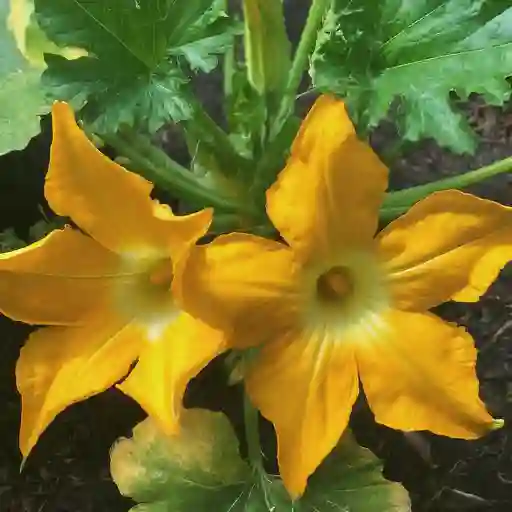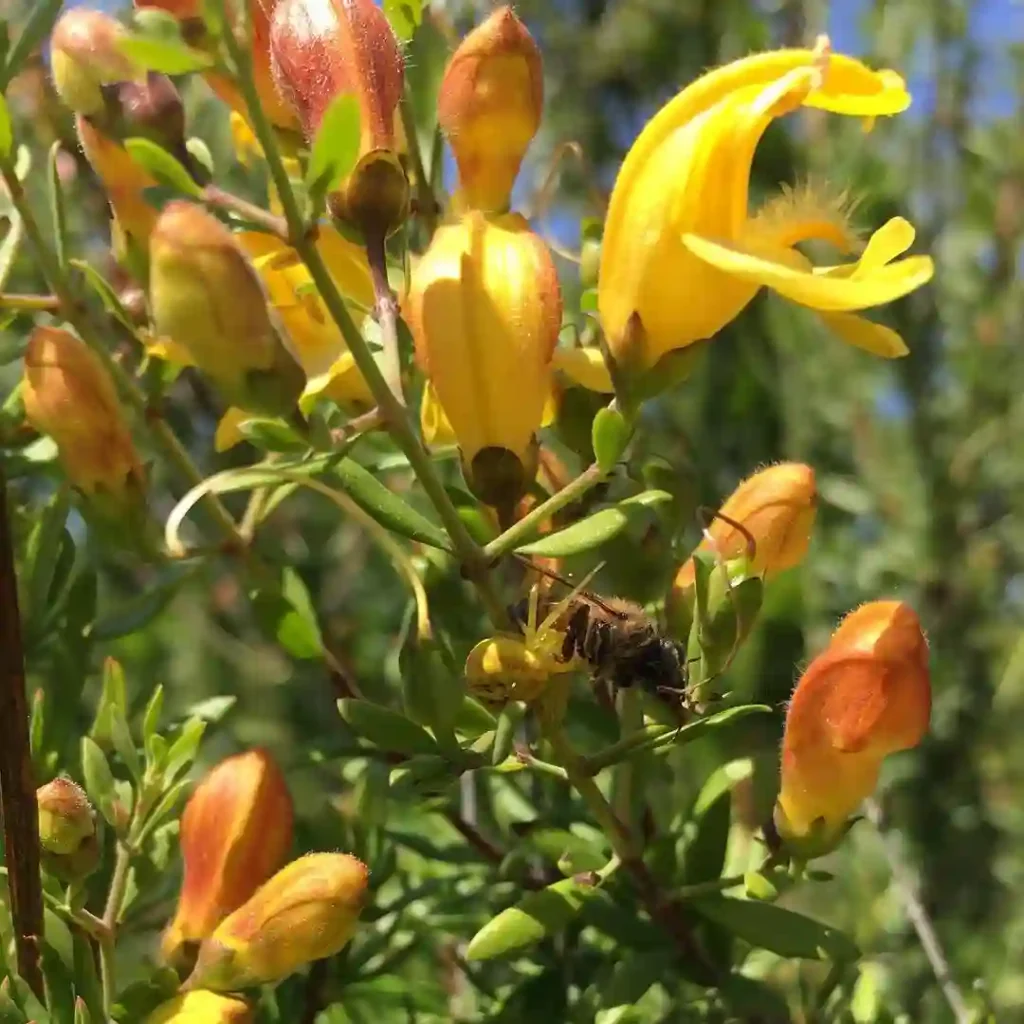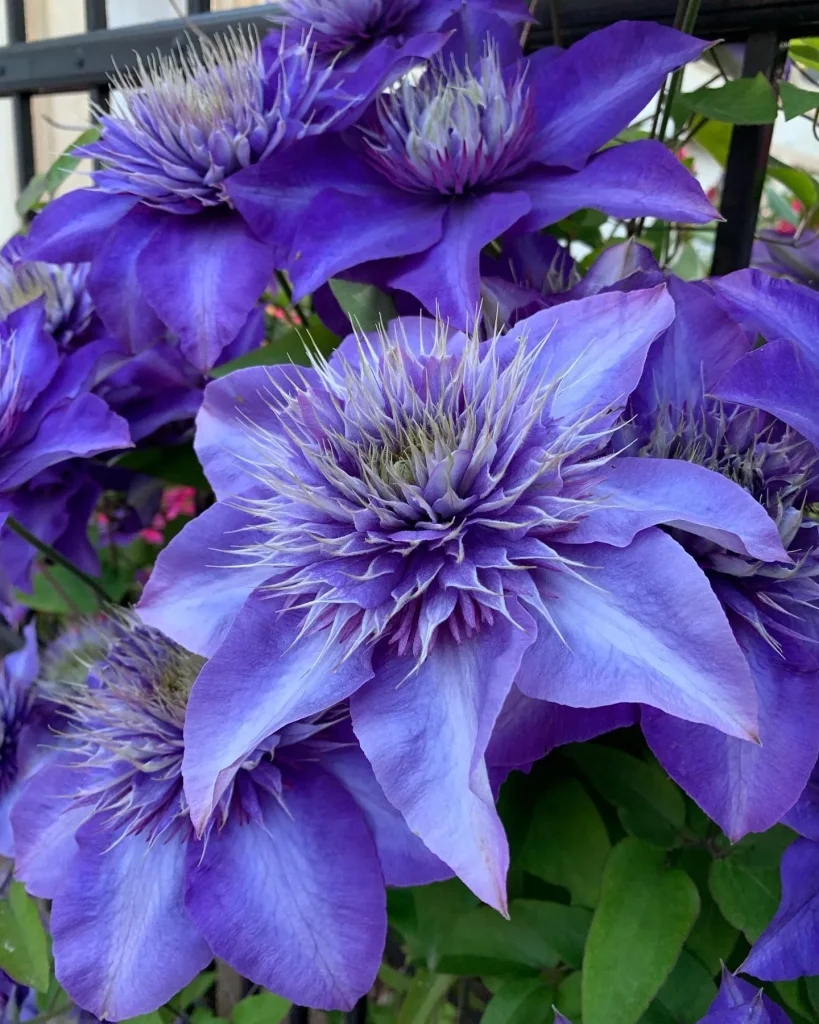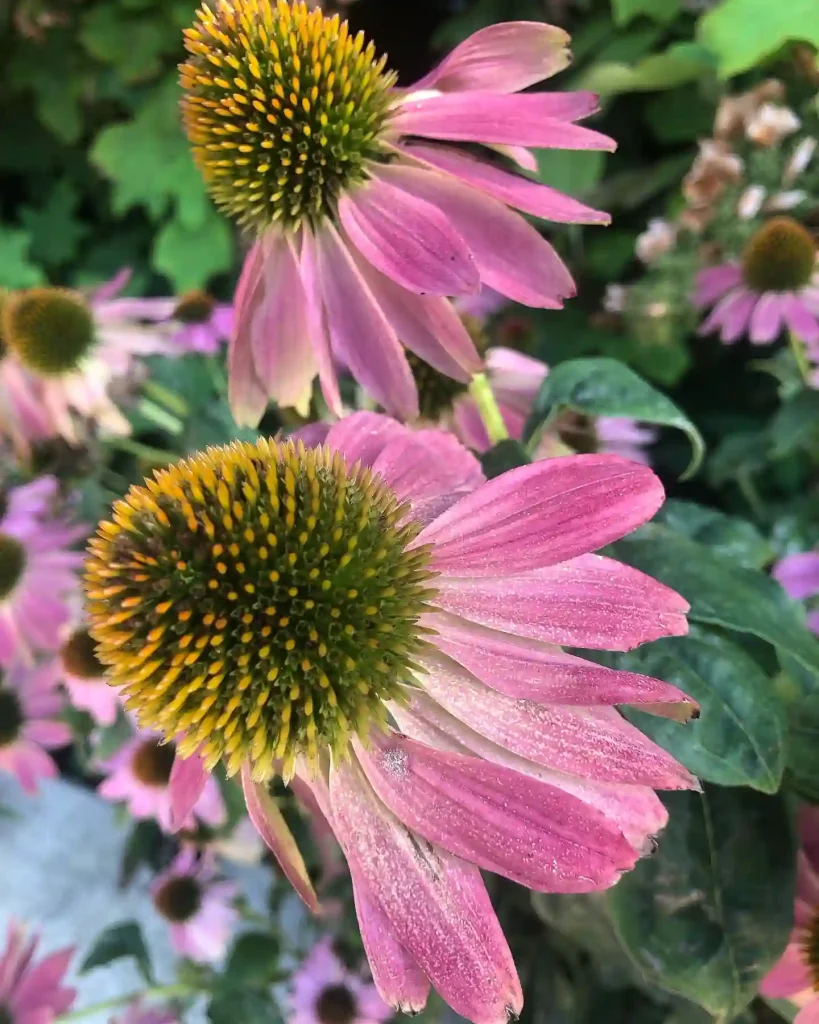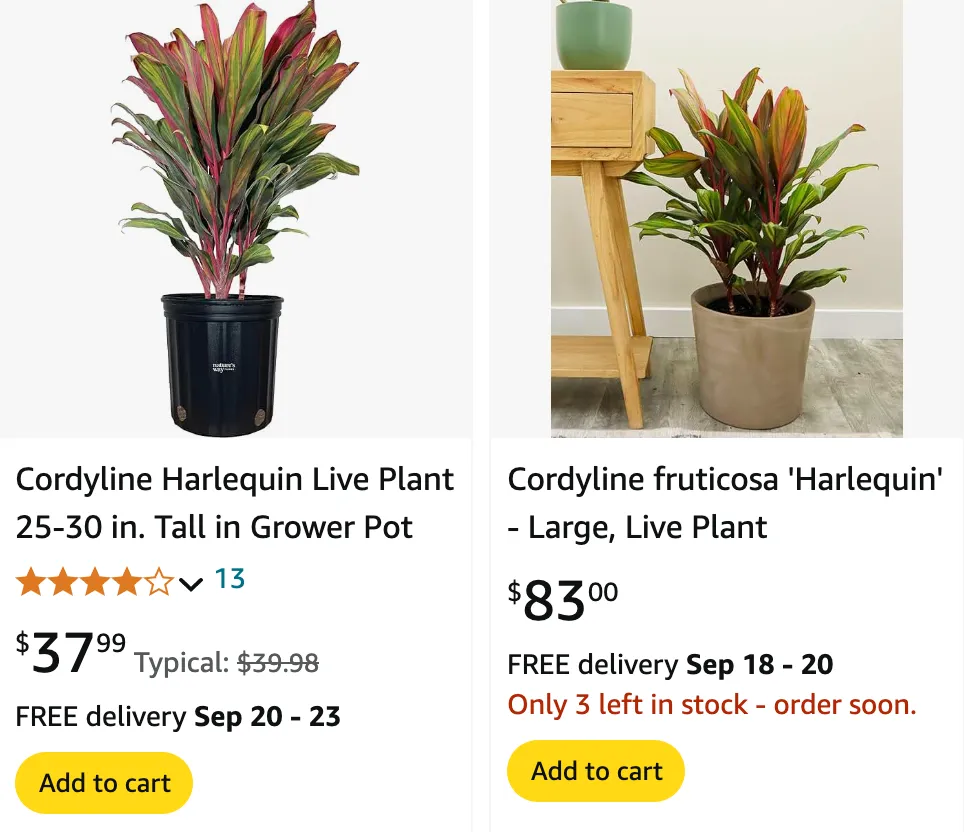
FAQs About Cordyline Harlequin
Cordyline Harlequin has become one of my favorite plants, and I’ve had my fair share of questions about it. If you’re considering adding this striking plant to your collection or just curious about it, I’m here to share some insights based on my experiences.
25 Species in Genus Cordyline
What is Cordyline Harlequin?
Cordyline Harlequin is a stunning variety of Cordyline, known for its vibrant, multicolored foliage. This plant, also called Harlequin Ti Plant, features leaves that combine shades of green, pink, and cream, creating a tropical, eye-catching effect. It’s a versatile ornamental plant that can brighten up any indoor space or garden with its colorful leaves.
How to Care for Cordyline Harlequin?
Caring for Cordyline Harlequin involves a few key steps to ensure it thrives. Here’s what I’ve learned from my own experience:
- Light: Cordyline Harlequin loves bright, indirect light. It can tolerate some direct sunlight, but too much can scorch its leaves. I keep mine in a spot where it gets plenty of filtered light throughout the day.
- Watering: This plant prefers its soil to be kept slightly moist. Overwatering can lead to root rot, so I water mine when the top inch of soil feels dry. During the winter months, it requires less frequent watering.
- Temperature: Cordyline Harlequin thrives in temperatures between 60°F and 75°F (15°C – 24°C). It’s not frost-tolerant, so I make sure it’s kept away from cold drafts and sudden temperature changes.
- Humidity: Being a tropical plant, it appreciates higher humidity. I occasionally mist the leaves or use a humidity tray to maintain the right level of moisture in the air.
- Soil: A well-draining potting mix works best for Cordyline Harlequin. I use a blend of potting soil and perlite to ensure proper drainage and prevent waterlogging.
How to Propagate Cordyline Harlequin?
Propagating Cordyline Harlequin can be quite rewarding and is something I’ve done successfully a few times. Here’s the method I use:
- Stem Cuttings: I take a cutting from a healthy Cordyline Harlequin plant, making sure it has at least a few nodes. After cutting, I let the cutting dry out for a day or so to reduce the risk of rot.
- Rooting: I place the cutting in a pot with a well-draining soil mix and keep it in a warm, humid environment. It usually takes a few weeks for roots to develop.
- Potting Up: Once the cutting has established a good root system, I transfer it to a larger pot and treat it like a mature plant.
What to Plant With Cordyline Harlequin?
Cordyline Harlequin pairs well with several other plants, creating a lush, vibrant display. I’ve found that it complements plants like:
- Hostas: Their broad leaves and shade tolerance contrast nicely with the colorful, upright foliage of Cordyline Harlequin.
- Ferns: The delicate, feathery texture of ferns makes a beautiful backdrop for the bold leaves of Cordyline Harlequin.
- Caladiums: The variety of colors and patterns in Caladiums can enhance the visual impact of Cordyline Harlequin.
Is Cordyline Harlequin Toxic?
Cordyline Harlequin is mildly toxic if ingested. I keep it out of reach of pets and small children just to be safe. If consumed, it may cause mild gastrointestinal upset, so it’s best to handle the plant with care and avoid ingestion.
Benefits of Growing Cordyline Harlequin
One of the main benefits of growing Cordyline Harlequin is its ability to add vibrant color to any space. Its striking foliage acts as a focal point and can brighten up dull corners. Additionally, it’s relatively low-maintenance, which suits my busy lifestyle well.
Common Problems with Cordyline Harlequin
While Cordyline Harlequin is generally hardy, there are a few common issues to watch out for:
- Leaf Browning: This can occur due to too much direct sunlight or inconsistent watering. I’ve found that adjusting the light conditions and maintaining a consistent watering routine helps.
- Pests: Like many indoor plants, Cordyline Harlequin can be susceptible to pests such as spider mites and mealybugs. Regular inspections and prompt treatment with insecticidal soap can keep these issues in check.
- Root Rot: Overwatering is a common cause of root rot. Ensuring good drainage and allowing the soil to dry out slightly between waterings can prevent this problem.
Compare with Other Similar Plants
Cordyline Harlequin is often compared to other Cordyline varieties and similar plants. For instance:
- Cordyline Fruticosa: Often confused with Harlequin, Cordyline Fruticosa has more uniform foliage and lacks the striking color variation of Harlequin.
- Dracaena: Sometimes mistaken for Cordyline, Dracaenas have similar care requirements but typically feature less vibrant foliage.
In conclusion, Cordyline Harlequin is a fabulous plant that can bring a splash of color to your home or garden. By understanding its care needs and addressing common issues, you can enjoy its beauty and benefits for years to come.
If i die, water my plants!
